
Go Go Go Gotek
For a while now the Next Big Thing has been floppy emulation for vintage kit, originally in the form of Lotharek's
HxC emulator that could present disk images stored on SDcards as actual disks to a host.
Around the same time an Indian company called Gotek had released an emulator for old industrial
machines and synthesizers which could replace the floppy drive and present images from USB sticks. An enterprising bloke called
Keir Fraser rewrote the firmware for the Goteks and released it as Flash Floppy.
Now you could replace the floppy drive in many old machines from Atari to Amiga via Sinclair with native image support. Over time this grew
into many other machines and the latest version (0.9.20a at time of writing) even supports Russian PDP clones.
I've successfully used a Gotek in a few of my machines and at some point will embed one in an Amiga because they're so useful.
One thing nobody's attempted is getting one to work with a Newbrain so I got last year's repairs out so see what was possible. I already knew
they worked with floppies and thankfully I'd kept the boot disk I'd made. But! How to make it into an image that the Gotek likes?
The most common disk imaging tool these days is Dave Dunfield's ImageDisk which
can produce an image of pretty much any disk as long as you've got the hardware
to read it. While the resulting image file is portable and lets you recreate disks it isn't in itself a bootable image. ImageDisk comes with
a utility called IMDU which is supposed to turn the .IMD image file into a bootable .IMG. However,
FlashFloppy uses the file extension to try and guess what the file type is and most of the conversions I did ended up as *ERROR*31 or 'bad image'.
The universal image type is .HFE so I set about finding a way of converting my images into hfe files.
Step forward again Keir Fraser
with his Disk Utilities, a veritable toolbox of goodness for converting all
sorts of things. It needs to be compiled to run on most platforms but if you've got the right environment set up on a linux box it's a 30-second 'make; sudo make install' process.
The disk-analyse program effortlessly converted my IMD files to HFE so all that was left to do was copy those to the USB
stick and we'd be off!
Hardware
Because FlashFloppy is a multiple-solution offering the hardware needs to be set up in a particular way to act as a
floppy drive for the Newbrain. You also need a functioning disk controller of course, but if you're reading this chances are you already do.
The Gotek itself only needs a 5V supply but has a header to take a standard 4-pin floppy power cable - the 12V pin doesn't go anywhere. I use any
easily to hand PSU for this, currently a triple-output T60B from China which is an excellent little supply for projects that need -12V. Any
34 pin floppy cable can be used but if it's a genuine one from an old PC with a drive select twist on the 2nd connector you need to use the
first untwisted plug to make sure the drive ID is correct. Pin 1 is always on the right if you don't have keyed plugs.
Jumper wise the Gotek
only needs 'S0' jumpered to set the ID to '0' and default to Shugart interface standards. The main configuration file FF.CFG in my case is default
with the only lines being for altering the display characteristics. One
thing that doesn't quite work is the disk change mechanism so when you change images you need to force reselection on the Newbrain by selecting
a side that doesn't exist, at the moment typing A1: and forcing an error does the trick. On some CP/M implementations you can
CTRL-C to
force a disk reselection but that key sequence reboots the 'brain whereupon it needs a boot image again.Pictures
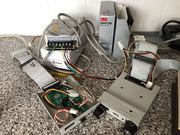 | 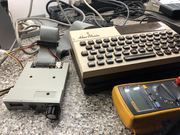 | 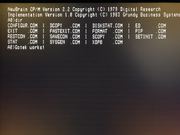 | 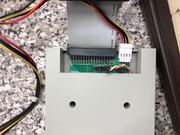 |
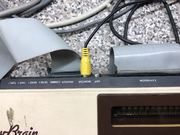 | 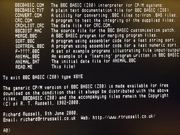 | 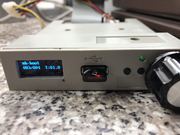 | 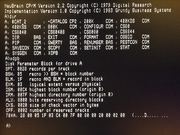 |
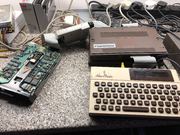 | 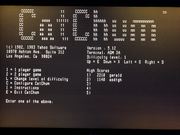 | 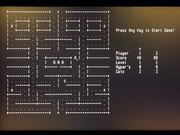 | 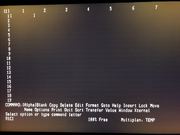 |